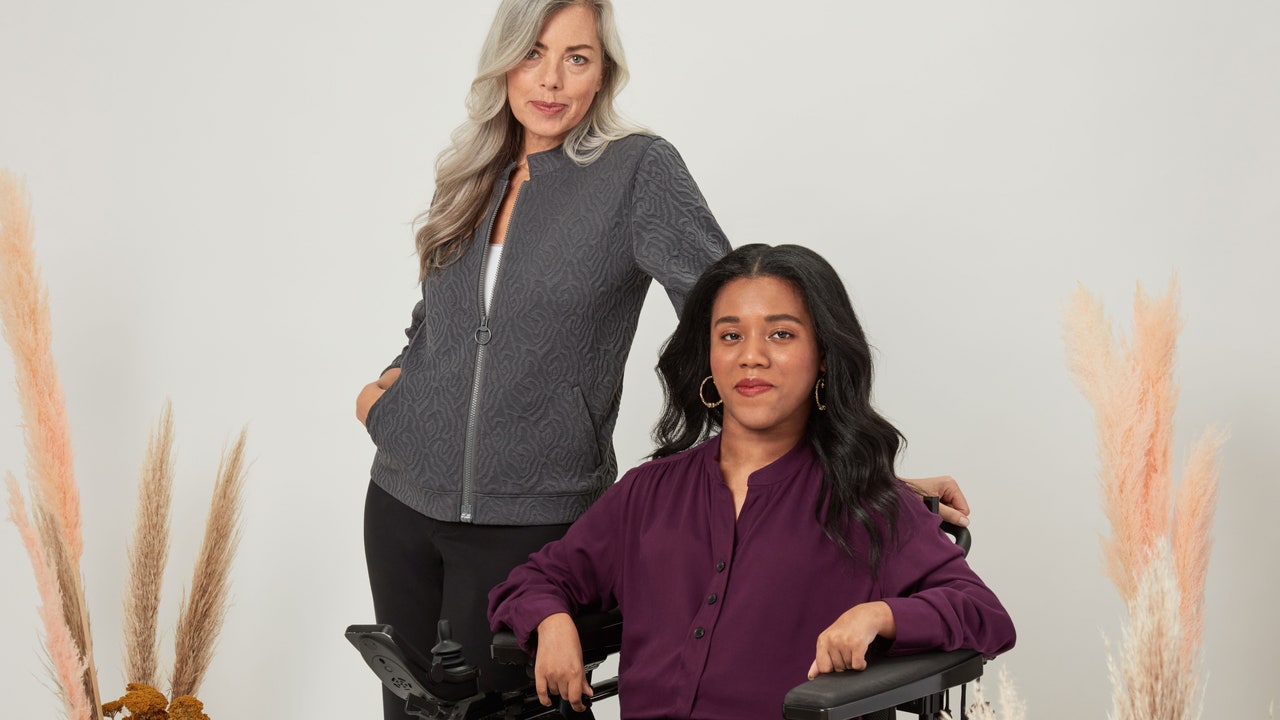Horton immediately went online to see what options were available. At the time, the clothing offered was limited, shirts with velcro fastenings made with cheap materials. Nevertheless, she placed an order. “When I received the shirts, both he and I were pretty disappointed,” she says. “Not only in the way they functioned, but the quality—I knew there had to be something better.” Inspired by the 2012 launch of the iPad and its magnetic covers that snapped into place, Horton experimented with different magnets to find one that could stand-in for a traditional button or zip. Though she eventually found a few strong enough, none could survive a spin in the washer dryer. “It was back to the drawing board,” says Horton. “Eventually we created and patented washable clothing mechanisms that you now see in adaptive clothing. It started with one shirt in two colors, and quickly we realized that we were onto something much bigger.” The easy to use and waterproof magnetic closures that Horton developed are now used on a variety of clothing.
MagnaReady grew steadily, expanding into an array of workwear in the Brooks Brothers business casual vein. Still, when her husband passed away in 2017, Horton found herself at a crossroads. “I wasn’t sure that I was still in it emotionally because it’s a constant reminder of his challenges in life,” she says. “When I partnered with Li & Fung, Global Brands Group, I decided that with them as partners, it would be much easier and better for us to do this together. I applaud them in taking the leap of faith, championing the cause, and creating new products that can help so many.”
Yarrow grew out of Horton’s new partnership. The line brings adaptive technology into womenswear while introducing several new, functional designs, and seamlessly fitting in with 2020’s fashion philosophy. The cozy cotton knits were made for working from home, and it’s easy to imagine the skinny jeans and lightweight dresses worn on a socially distanced outing. The pieces are understated and minimal on the surface, but a great deal of thought went into their creation. “We wanted Yarrow to be traditional, high-quality dressing, just with different access points and more ways to get in and out of the clothing,” explains Horton. “The quality of the fabrications was paramount as was its [wearability] for different abilities.”
